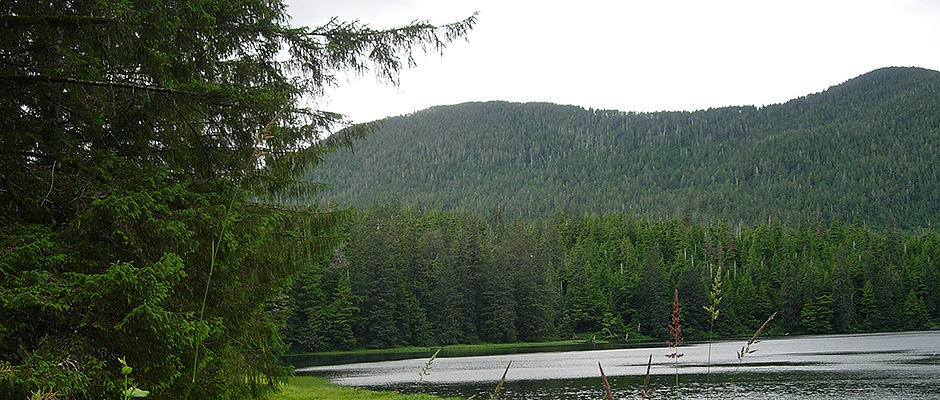Share this article
Most Important Areas of Future Conservation
Priority areas for future conservation in the U.S. are mostly concentrated in the Southeast — an area which lacks protected areas to support them, according to a new study.
Researchers overlaid diversity maps of native species of mammals, birds, reptiles, amphibians, freshwater fish and trees in the continental U.S. in order to get an idea of which species or populations weren’t already protected.
“We have a kind of disconnect with what the country has set aside for land protection and where the endemic species are,” said Clinton Jenkins, a visiting professor at the Institute of Ecological Research in the state of Sao Paulo in Brazil and a lead author of a new study released yesterday in the Proceedings of the National Academy of Sciences.
Jenkins said that the study also focused on species that only occur in the country. “For each of those endemic species, the U.S. has to make them survive or nobody will,” he said.
The study focused on species with small distributions, which were also prioritized in terms of conservation, and areas with high species diversity. If some species had a large area of their range protected through National Wildlife Refuges or federal or state parks, they were discounted from the priority list.
Jenkins said that U.S. species are afforded different levels of protection depending on where they are in the country, with the West receiving much more protected areas than the East partly due to the fact that the former has more state or federally owned lands than the latter.
He said that he hopes that the paper serves as a starting point and that others build upon the information they gathered. They didn’t have the data to add information about invertebrates, for example.
“It’s a forward-looking paper,” he emphasized.
Header Image:
Ward Lake, Tongass National Forest in Ketchikan, Alaska
Image Credit: Mark Brennan via Flickr








